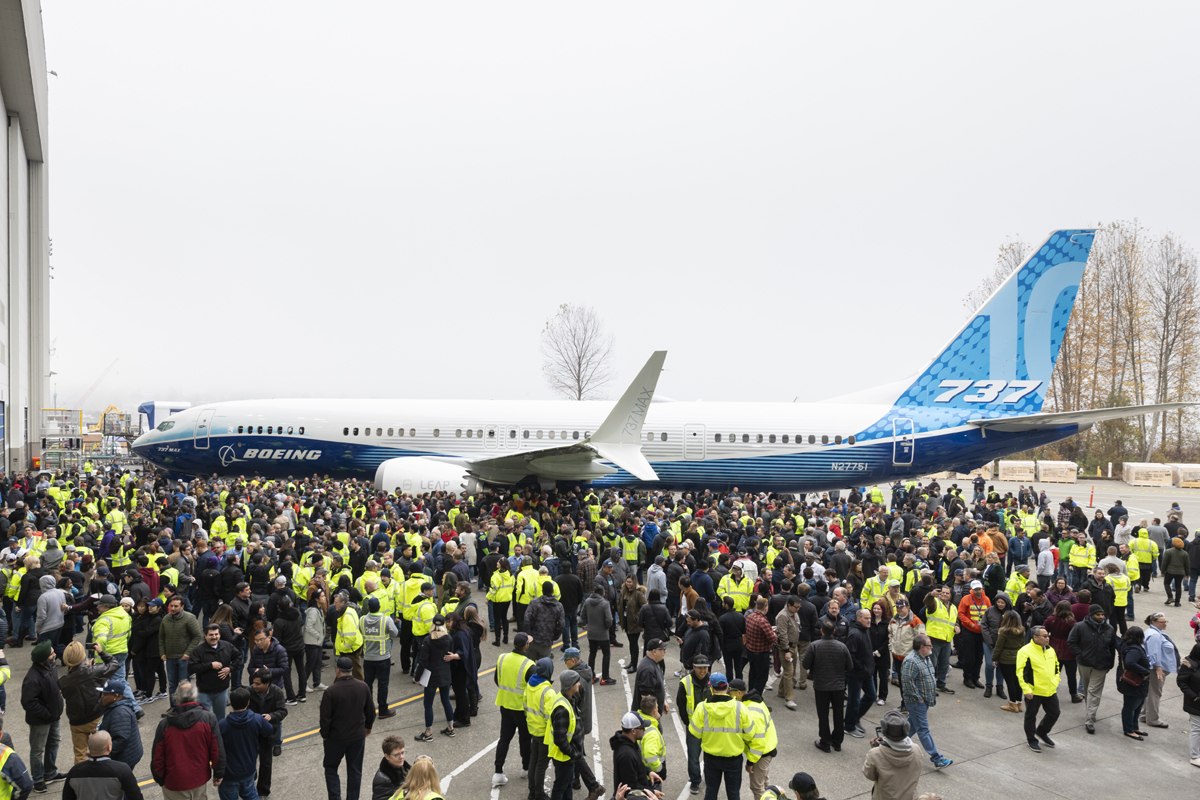The approximately 33,000 Boeing employees in the Puget Sound region of Washington state have massively rejected the tentative agreement that the company had reached with the International Association of Machinists and Aerospace Workers (IAM) on September 8 and will begin a strike.
As a result, the Renton and Everett plants, where the 737, 767 and 777 are produced, will shut down starting Friday.
Boeing’s proposal included a 25% wage increase over the next four years, as well as social benefits and a guarantee that the manufacturer’s new commercial jet, informally referred to as the ‘797’, would be produced in the Seattle region.
Follow Air Data News: WhatsApp | Google News | Instagram | LinkedIn | Twitter | Facebook

As soon as the proposal was signed by the company and the IAM on Sunday, employees began to show signs that they rejected the agreement.
The prediction that the strike would occur was confirmed after 96% of members voted for the strike and 94.6% voted to reject the agreement on Thursday.
The union held a complicated vote in which even if a simple majority did not accept the proposed contract, only two-thirds of the votes would be allowed to go on strike.
In this scenario, workers would have to accept the contract even if they were reluctant.

Last strike in 2008
The working class was expecting an increase of at least 40% in wages to recover the purchasing power lost in recent years.
It is not clear how long the factories could be paralyzed, but a long strike will further affect the company’s already delayed production of commercial aircraft.
The last strike at Boeing occurred in 2008 and paralyzed production for 52 days, causing billions in losses.
Boeing says it will resume negotiations
In a statement, Boeing said it understood the message of the vote and will resume negotiations.
“The message was clear that the tentative agreement we reached with IAM leadership was not acceptable to the members. We remain committed to resetting our relationship with our employees and the union, and we are ready to get back to the table to reach a new agreement.”






